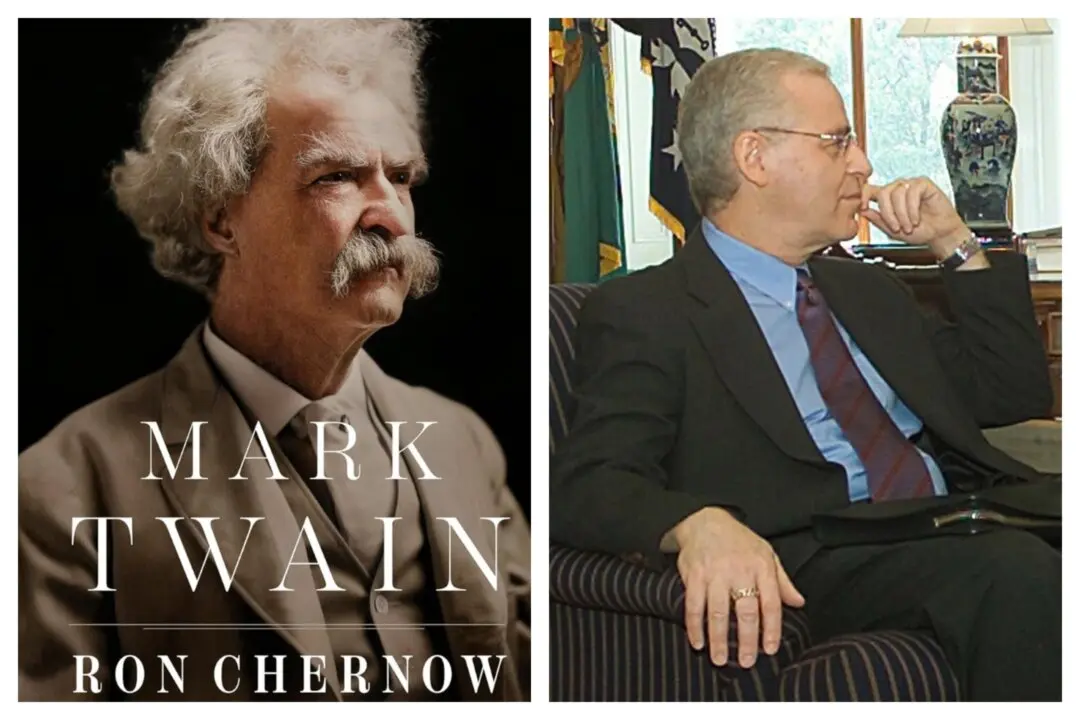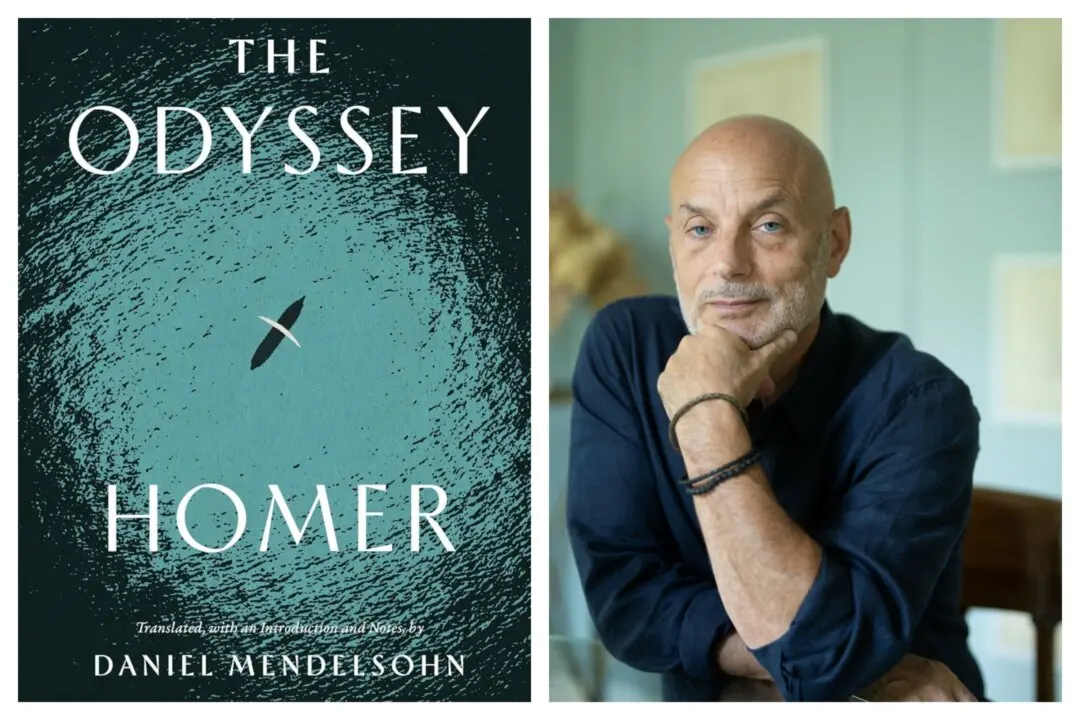From purple robes to fur coats to wreath hats to a very thin frame, there have been many features that Americans would hardly attribute to Santa Claus. Drawing on past inspirations, however, illustrator Haddon Sundblom created a version that has stuck for nearly a century.
Sundblom was the youngest of 10 children born to Scandinavian immigrants. At 13, the family moved from Muskegon, Michigan, to Chicago, where he would eventually attend the Art Institute of Chicago and the American Academy of Art. His skill in drawing and painting earned him an apprenticeship at the age of 21 with the prominent Chicago-based illustration firm Charles Everett Johnson Studios. Four years later, he and two colleagues began their own illustration advertising agency.






